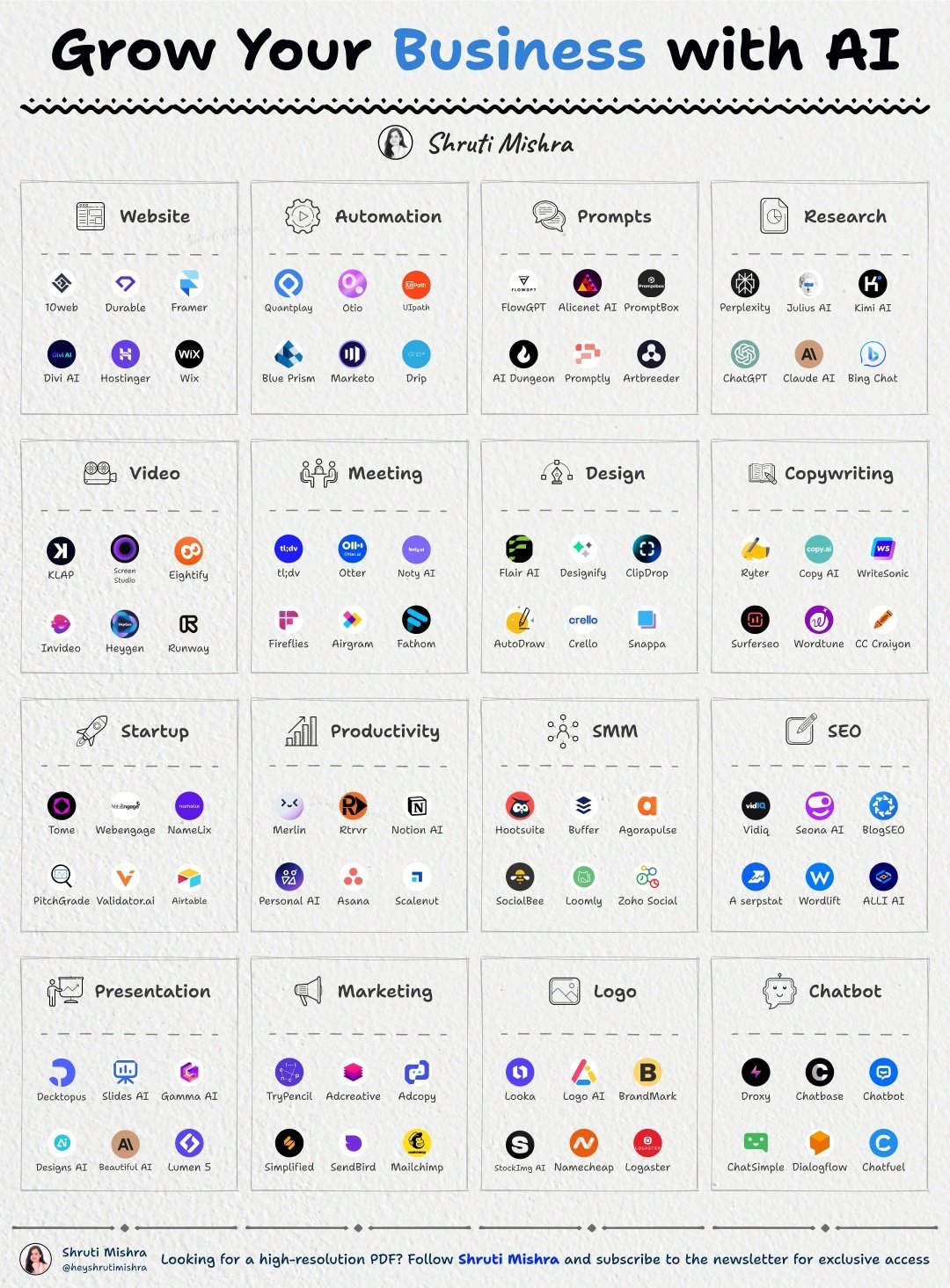
How Creativity Happens in the Brain
Disclaimer: This content has been uploaded by a user of Lit2Talks for educational and informational purposes only. All copyrights and trademarks belong to their respective owners. If you are the copyright holder and believe this content has been shared without your permission, please contact us for immediate removal.
Reviews
No review yet. Be the first to review this book!
×
Description
Creativity is a complex and multifaceted phenomenon that involves the integration of various cognitive processes in the brain. While the exact neural mechanisms underlying creativity are still being investigated, research suggests that creativity involves the interplay of different brain regions and...




















.jpg)

.jpg)














.jpeg)


.jpeg)
.jpg)
.jpeg)







.jpg)






.jpeg)
.jpg)
.jpg)


.jpg)





.jpeg)




.png)




.jpg)













